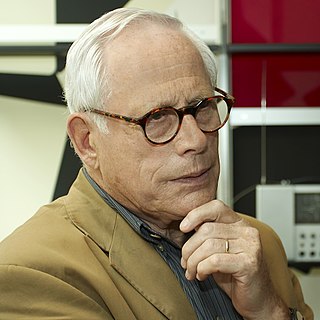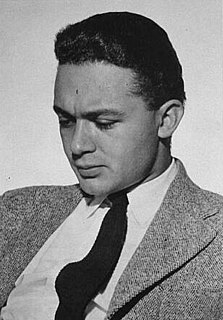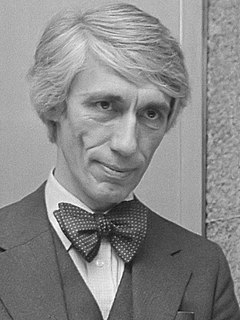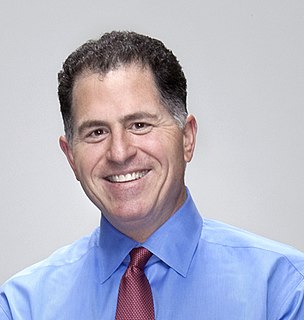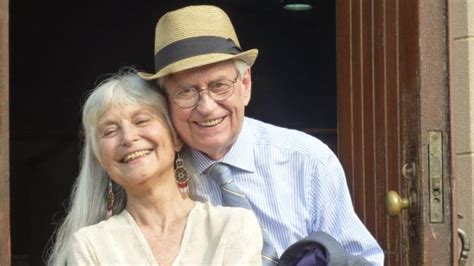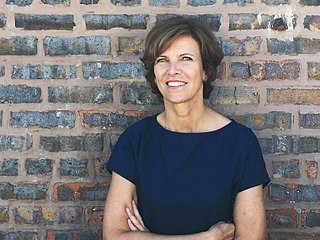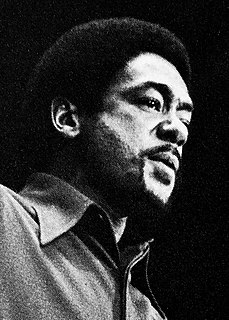A Quote by Nelly Ben Hayoun
Critical design aims to really push the boundaries of design and to reconsider the element of fiction.
Quote Topics
Related Quotes
Good design is innovative
2. Good design makes a product useful
3. Good design is aesthetic
4. Good design makes a product understandable
5. Good design is unobtrusive
6. Good design is honest
7. Good design is long-lasting
8. Good design is thorough, down to the last detail
9. Good design is environmentally friendly
10. Good design is as little design as possible
Design is a field of concern, response, and enquiry as often as decision and consequence... it is convenient to group design into three simple categories, though the distinctions are in no way absolute, nor are they always so described: product design (things), environment design (places) and communication design (messages).
This is what we've been waiting for: finally, an unprecedented critical analysis of the history of Dutch design. Mienke Simon Thomas's Dutch Design is a book to have and to read: an important and richly detailed study of the cultural, economical and social-political context of twentieth-century design in the Netherlands.
I ended up going to do a matches program at the state for industrial design. And from there, I got hired at IDEO to joint their design team there - and basically, you are starting as an industrial designer to design products - and then kept asking the question, 'What else can design accomplish? What else can design do?'
At a certain point, I got interested in set design for the theater. I was interested in architecture, but I was taking photographs at the same time, and architecture, though it had the design element, it didn't have the narrative, emotional element that I was looking to do. I ended up painting for a while. I was dancing around it, and I realized that all these different interests came together in filmmaking.
When we think of design, we usually imagine things that are chosen because they are designed. Vases or comic books or architecture... It turns out, though, that most of what we make or design is actually aimed at a public that is there for something else. The design is important, but the design is not the point. Call it "public design"... Public design is for individuals who have to fill out our tax form, interact with our website or check into our hotel room despite the way it's designed, not because of it.


